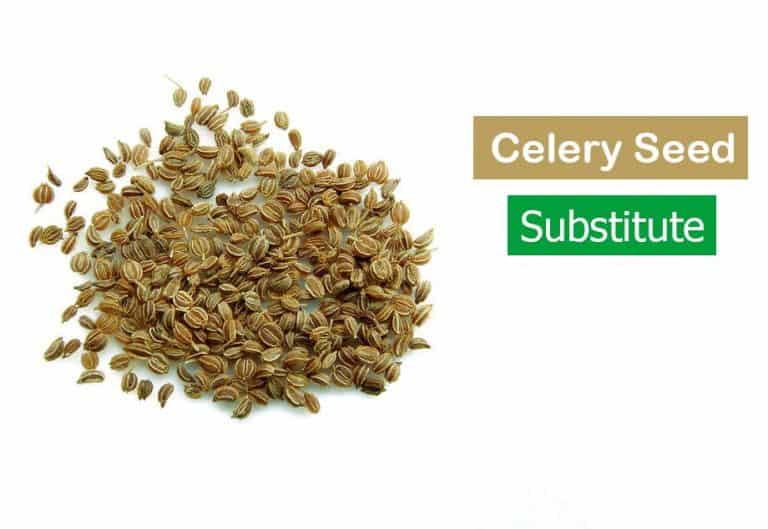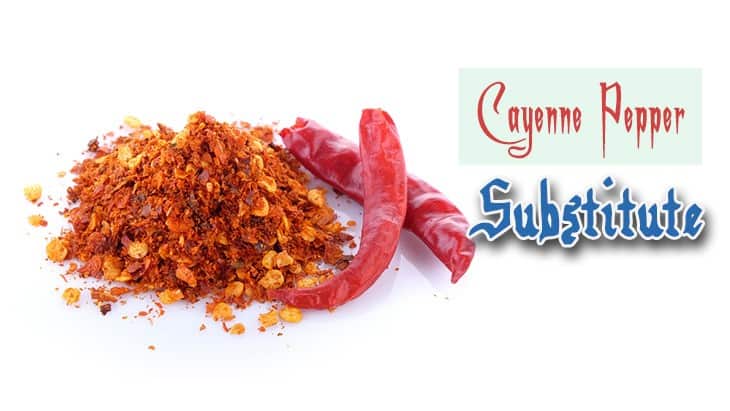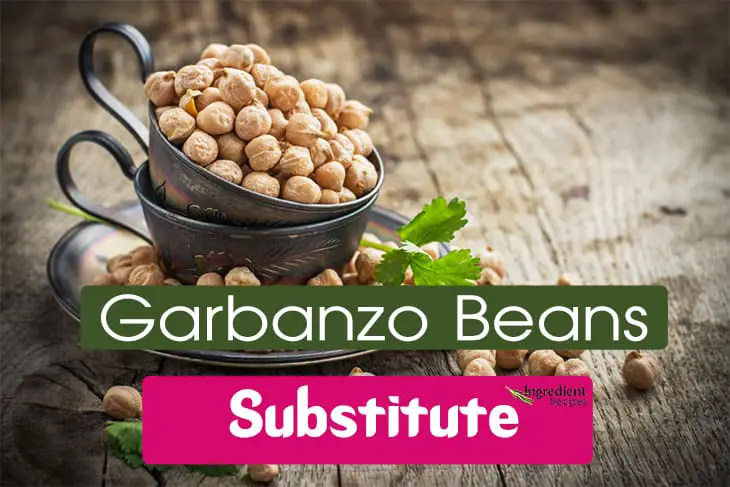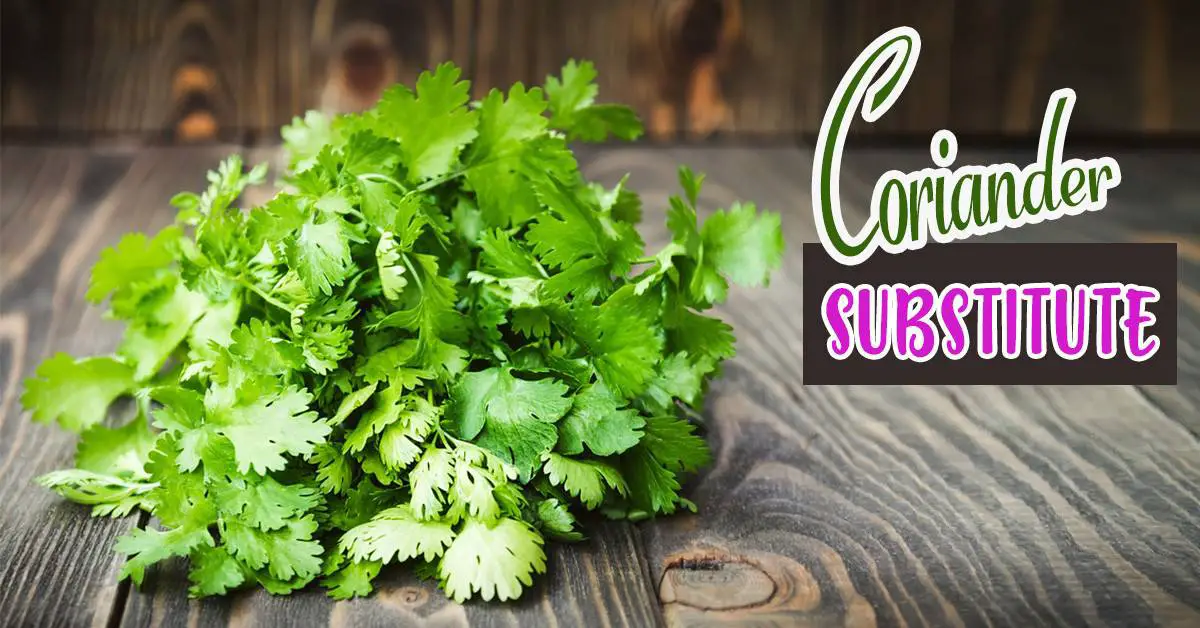
When it comes to seasonings or garnishing, coriander takes the crown, spicing up your dish with a floral, spicy, and citrus-like flavor. What if you can’t get your hands on this herby staple? That’s when a substitute for coriander will come in handy.
To tell you the truth, finding a coriander alternative is not that tricky. Today, we will show you 16 ingredients that ease your task a lot.
Top 16 Ingredients To Substitute For Coriander
Coriander Seeds Substitutes
1. Cumin
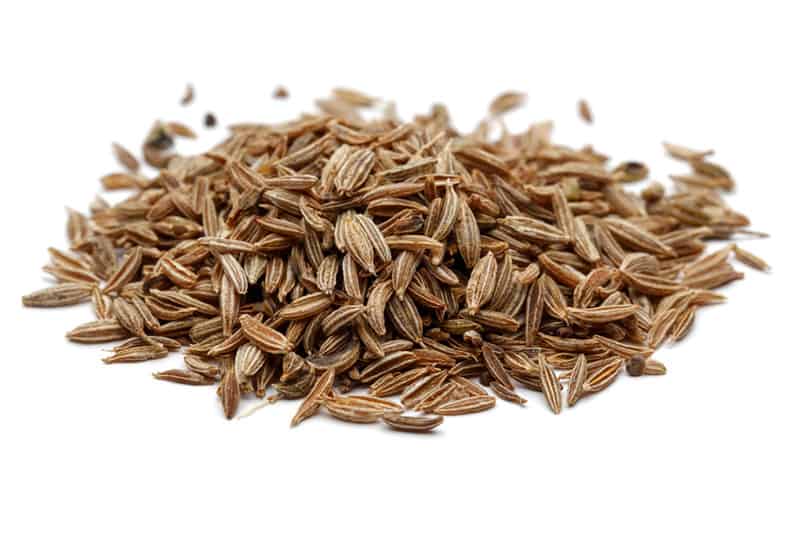
Cumin is the dried and ground seeds of Cuminum Cyminum, which appears in almost every spice rack. We rank it in first place for a reason. Its flavor can live up to coriander seeds with a warm, spicy flavor. Sometimes, you will also notice a nicely nutty trace.
The ideal proportion for substitution is 1:3/4 for coriander and cumin. You can use this spice in various recipes, such as meat, curries, stews, soups, or chilies.
Making a cumin-lime roasted chickpea is not a bad idea for a chilling movie night at home. You might not stop scooping this crunchy and flavorful snack.
Consuming cumin does wonders for your brain, thanks to its rich vitamins and minerals like vitamin B6, riboflavin, niacin, and zeaxanthin. These substances help promote your mental health and nourish brain cells for sharper memory.
2. Garam Masala
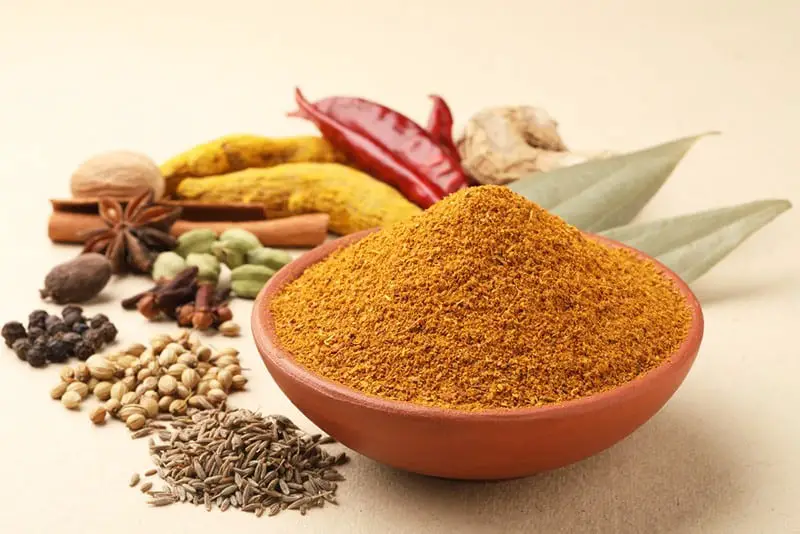
Garam Masala is no stranger to Asian food lovers, especially Indian-inspired dishes. It is a spice mixture consisting of coriander, cloves, turmeric, bay leaf, cinnamon, cumin, peppercorns, and mace.
You can notice that coriander is one of the main components of Garam Masala. So, there is no reason that Garam Masala can’t replace coriander.
But utilizing this mixed spice is a double-edged knife. With the blended flavor, it can break the original recipe. Not to mention, turmeric will add a yellow shade to your dish.
You may want to toss Garam Masala in place of coriander in some Asian recipes, such as curries, Indian vegetable stew, chicken tikka masala, to name a few.
Garam Masala will spice up your dishes in a healthy way. Its high fiber content positively stimulates your digestion and the ability to absorb proteins, vitamins, and minerals.
3. Caraway Seeds
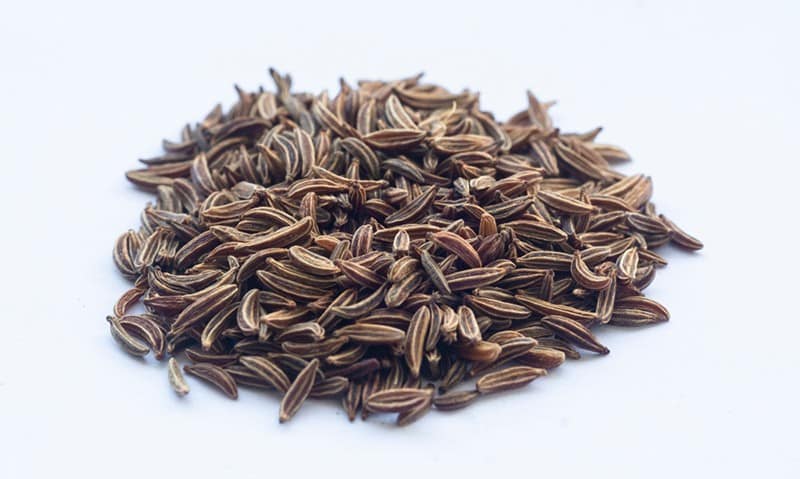
Caraway seeds are not as popular as coriander or cumin, but they offer the earthy flavor and aromatic oils that you can also find in coriander. Their similarity in familial roots and taste makes caraway seeds rival Garam Masala and cumin as the excellent substitute for coriander.
You have your choice to use dried seeds or ground coriander to brighten your dishes like baked goods, desserts, casseroles, salads, or some Indian dishes.
It’s worth noting that caraway serves you extra sweetness than coriander. So when substituting, add a pinch of this spice first before using more if needed.
Caraway is prized for its antioxidants, which positively link to some digestive problems, such as bloating, loss of appetite, heartburn, gas, and spasms of the intestines and stomach.
4. Fennel Seeds
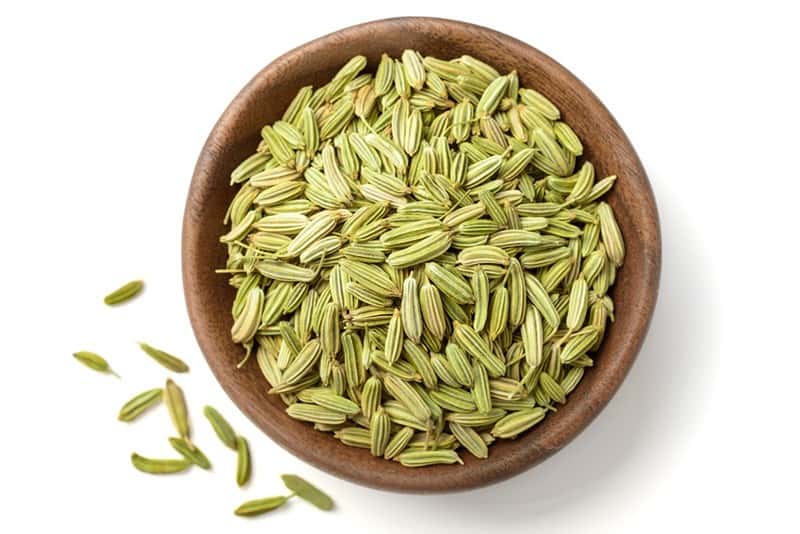
Fennel seeds are familiar with you as a soothing tea ingredient, but you may not know these seeds can double as a handy spice when you lack coriander.
Though they don’t resemble coriander that much, you can enjoy an aromatic and anise-like taste with a sweet undertone when using this spice. However, it can’t fill in the citric blank of coriander for a perfect replacement.
Fennel seeds will shine in sweet food, bread, salads, roasted vegetables, and curries.
The aromatic fennel seeds are highly nutritious, offering an abundance of amazing health perks. Frequent fennel intake can suppress appetite to support weight loss, reduce inflammation, improve heart health, and even bring anticancer effects.
5. Whole Cloves
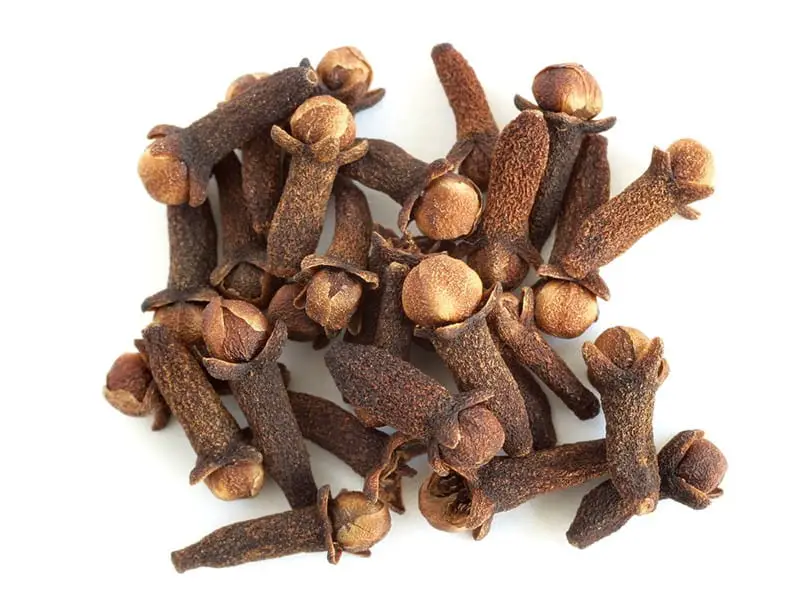
Whole cloves offer a naturally aromatic scent that can satisfy the citric touch of coriander. But you have to apply proper storage in air-tight jars to maintain their charming fragrance.
You can add cloves when making meat rubs, marinades, sauces, and some herbal drinks. Cloves also welcome nutmeg and cinnamon in sweet recipes.
To make the best use of their wonderful aroma, it’s better to crush them coarsely using mortar and pestle. This extra work enhances their flavor and brings out a final dish without chunky, unappetizing pieces of whole cloves.
Like fennel, cloves are packed with antioxidants, helping your body fight free radicals. Removing free radicals will reduce the risk of developing diabetes, heart disease, and certain cancers.
6. Curry Powder
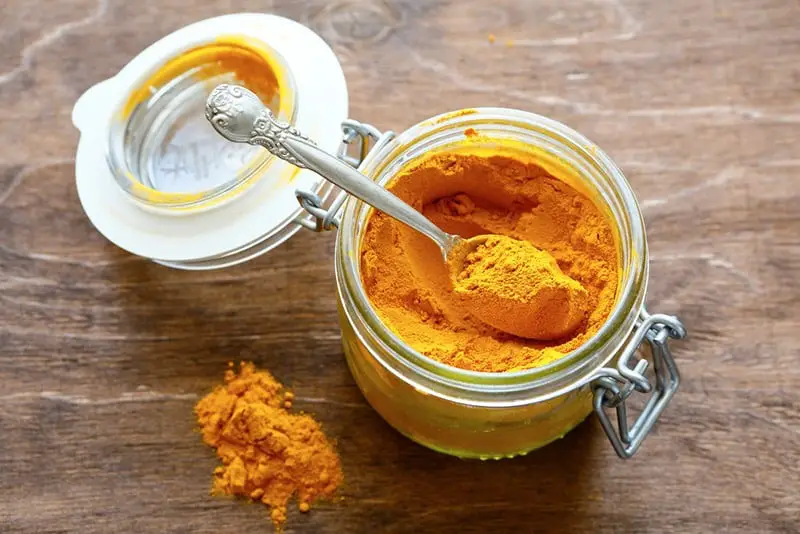
Curry powder is also a spice blend, like Garam Masala, including coriander, ginger, turmeric, and more. Again, coriander is a principal player in this mixture, so using curry powder is sure to give you a coriander hint.
You can use curry powder in curries, roasted veggies, or marinades to add a warm tone to your dish. This spice is not easy to master for its robust and diverse flavor. We suggest starting with a small pinch first.
Thanks to its various ingredients, this spice blend is full of anti-inflammatory compounds. Consuming curry powder may boost your heart health, reduce oxidative stress, and improve blood sugar levels.
Coriander Leaves Substitutes
1. Parsley
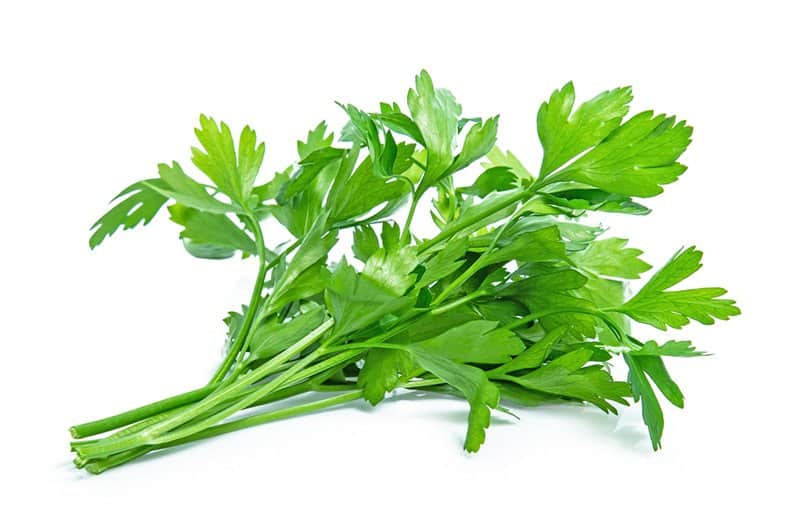
We usually describe cilantro’s flavor as parsley-like, right? So, parsley deserves the best substitute for coriander leaves for their similar taste and appearance.
Parsley brings the same freshness as coriander leaves, though it’s slightly milder. Its curly and flat leaves also resemble cilantro, somehow tricking your eyes with their similarity. But you will feel little change in the original recipe for its lack of citric hint.
Like cilantro, this herb can act as a garnish for pesto, soups, stews, sauces, grilled veggies, and roasted potatoes. To your surprise, this herb itself can be a stand-alone salad. You just mix them with lemon juice, olive oil, and a pinch of salt, and your quick salad is ready to serve.
Parsley contains various nutrients, including calcium, iron, vitamins (K,C), and many antioxidants to boost your overall health. However, over intake of parsley will do more harm than good. Some unexpected side effects of this herb are anemia, kidney or liver problems, rash, to name a few.
2. Basil

When you first taste basil, you will feel a balance between savory and sweet, with traces of pepper and mint. Though this herb can’t fulfill the citrus tone of cilantro, its freshness and sweet undertone can please you. Also, basil is one of the most common herbs, so you can’t rest assured it’s easy to get your hands on it.
Feel free to use basil as a dressing instead of cilantro in any dishes, from pizzas, sauces, pasta, soups, or salads. It also beautifully complements chicken, beef, eggs, and potatoes. You can blend basil with other herbs like thyme, oregano, or rosemary.
Basil is chock-full of vitamins (A,C), magnesium, calcium, and omega-3 fatty acids. Vitamins will support your immune system, while other minerals are beneficial for your bones. If you extract oil from this plant, you can use it to heal cuts and soothe skin infection.
3. Dill
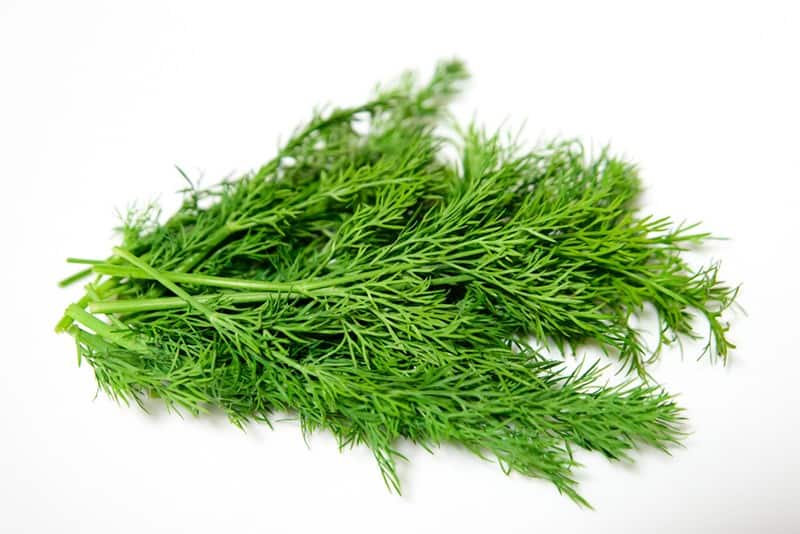
With a primary citric tone and a grassy hint, dill comes out as a decent substitute for coriander. Dill is even more overpowered than the original ingredient for its intense flavor.
You can replace coriander leaves with this herb in Asian dishes like soups, dips, or curries. Also, dill pairs well with yogurt for a mouth-watering sauce, seafood, especially salmon, and garlic for a European-inspired dish.
Dill offers you a rich source of vitamin C to boost your immune system and resist infection. Also, vitamin A in dill will give you a healthy vision and skin.
4. Chervil
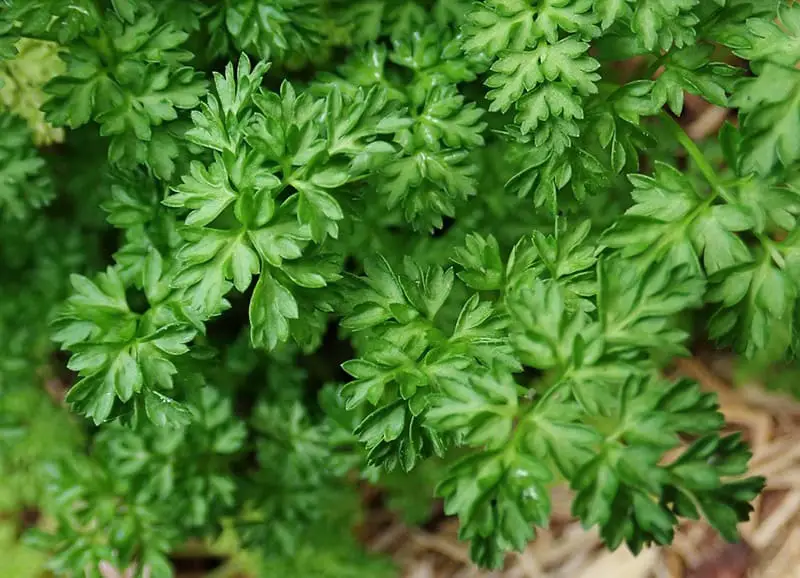
Chervil’s flavor is hard to describe. It is a cross between parsley and tarragon with a trace of anise. Anyway, you can experience a fresh and herby aroma to replace coriander in a pinch.
This herb blossoms in butter sauces, soups, and when pairing with fish, eggs. Also, making a side dish of chervil and peas served with roasted chicken or grilled fish will be a crowd-pleaser at any party.
Chervil is good for cough, fluid retention, high blood pressure, and digestion problems. Fresh chervil juice also does wonders for those suffering from gout, abscesses, and eczema.
5. Oregano Leaves
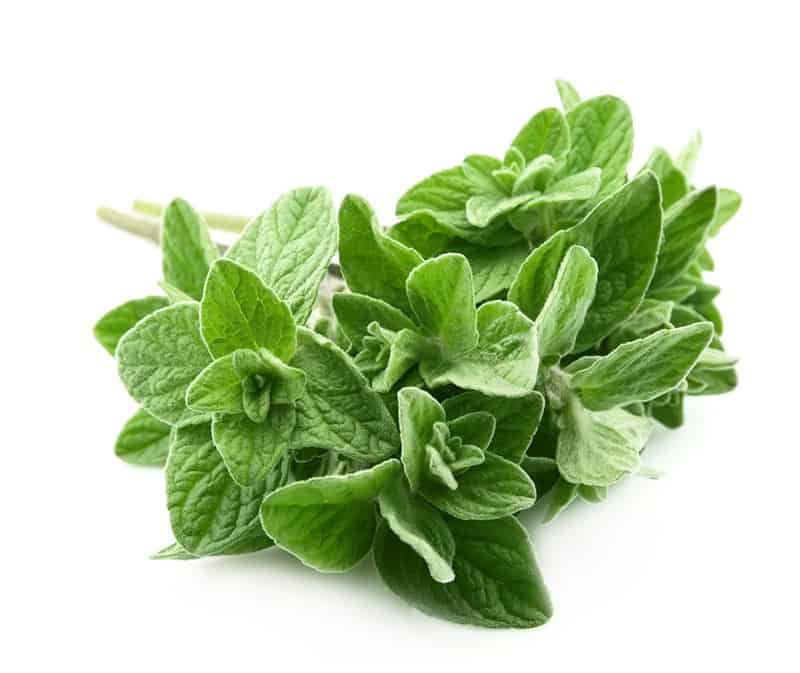
Oregano leaves provide a fresh, minty, and earthy flavor suitable to replace coriander leaves. Though their taste can’t live up to the bold flavor of coriander, adding this herb to your recipe somehow can bring out an aromatic dish.
You can easily come across oregano leaves in pasta sauces, pizza, and soups. Sometimes, you will notice a spicy touch in these fresh leaves, so it goes well with meat, capers, olive oil, basil, tomatoes, and other hot food.
A teaspoon of these leaves can fulfill up to 8% of daily vitamin K intake. What’s more, this herb comes with an antibacterial property to aid in the healing process and fight off disease as well.
6. Lovage
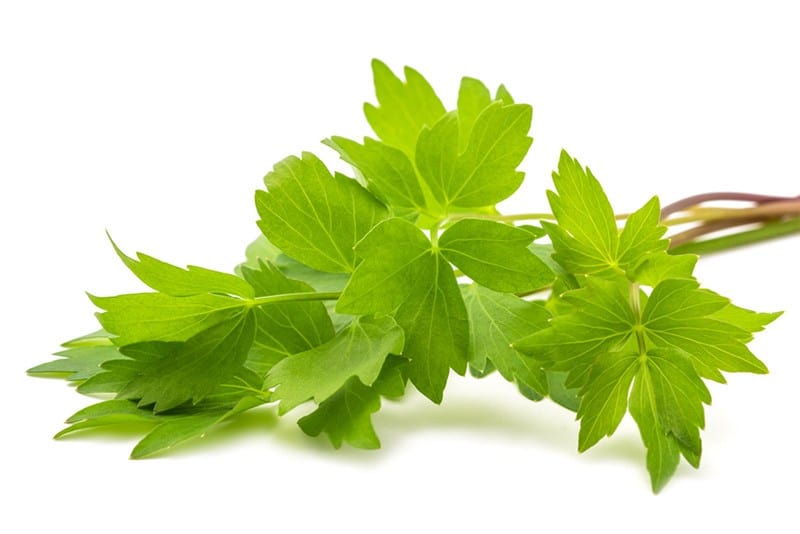
Lovage’s taste is reminiscent of celery with a parsley-like undertone. If you love the citric and fragrant taste of coriander, lovage leaves can’t satisfy you, but they do enrich your dish with more flavor.
These leaves are best used in stews, soup, stews, salads, season broths, pork, and poultry dishes. If you wonder what their most favored partner is, it must be eggs. Stir lovage leaves into frittatas, omelets, or scrambled eggs, and you have the most flavorsome egg recipe ever.
Lovage is well-known as a digestive supporter, relieving flatulence and other stomach discomforts. Even better, this herb is beneficial as a blood purifier and as a diuretic to treat kidney stones.
7. Mint
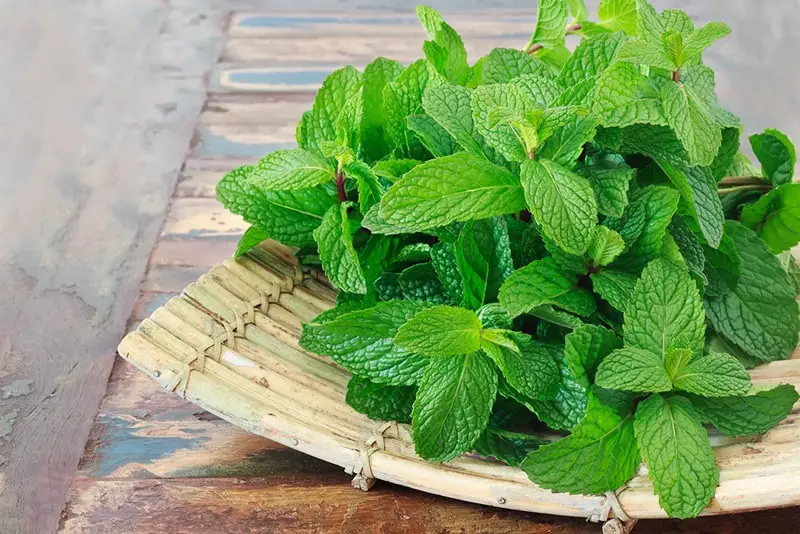
If you love the refreshing aroma that coriander leaves bring, mint will do the trick many times better. This herb also treats your taste buds with a spicy kick.
Mint is the natural match of poultry and lamp, sometimes used in salads, sauces, and several side dishes. But we all know that mint is the secret to summer drinks. It is a fresh addition to help you blow off steam and receive a burst of good mood.
If you are searching for a summer appetizer, try mushroom, feta, and mint tart. The earthy mushrooms blend well in the tangy feta cheese added with a spicy and fresh mint, making it perfect for a light starter or finger food. This recipe is never out of date since you can utilize any mushroom substitutes for a taste twist.
This herb is a digestion promoter. It also contains significant amounts of vitamins C, A and minerals like calcium and iron.
Related post: Mint Substitutes: 12 Best-Recommended Options
8. Saw-Leaf Herbs

Saw-leaf herbs, also known as culantro, are native to Asia and not very popular in America. Finding them is quite a handful, but you can easily encounter them in an Asian market.
This plant is a cousin of cilantro, hence the name, and it’s reminiscent of fresh coriander. So, if you are lucky to have this herb on hand, you can switch to it when lacking cilantro. Chop it and toss it in soups, sauces, pasta, or even salads.
Culantro bears a medicinal value to combat the common flu, bad breath, diabetes, and fevers. You can also benefit from the huge amount of calcium in this plant, contributing to your bone mass.
9. Tarragon
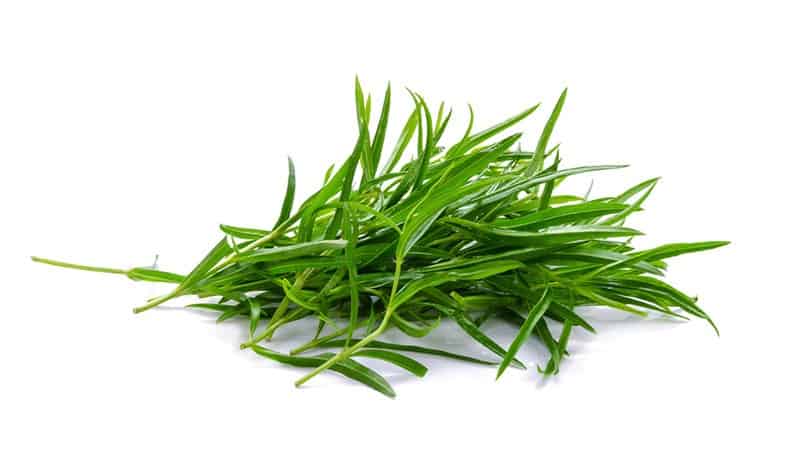
Tarragon is a special case since it delivers a blend of flavor in a single herb. Its small leaves serve you a citric and fragrant aroma like coriander but with a bittersweet trace and some hints of pepper, vanilla, and mint.
For its complex flavor, we recommend using only a small amount of tarragon leaves when replacing coriander. You can add it to soups, salads, and some French recipes. Tarragon also works best with salmon, chicken, eggs, and some vegetables like asparagus and carrots.
Tarragon provides you with many impressive health benefits. It has the potential to reduce pain, blood sugar levels, and inflammation, plus improve your appetite, sleep, and heart health.
Related post: Substitute For Tarragon Vinegar That You Can Not Miss
10. Celery Leaves

The last and also the worst candidate in terms of delivering coriander taste is celery. But don’t overlook this veggie since it will be the savior for those who can’t stand the pungency and peppery of coriander leaves.
More or less, its leaves will serve you a comparable visual effect like cilantro without any hint of spice. Since celery leaves are way larger than cilantro, it’s best to slice them in small pieces and sprinkle them in any dish as a dressing. The mild celery will not affect the whole flavor.
Celery can filter wastes, contaminants, and toxins from your body, so regular celery consumption will maintain kidney health and prevent kidney-related diseases. This superfood is also packed with vitamins (A, K, C) and minerals, which dieters will love.
Frequently Asked Questions
Can You Substitute Cilantro For Coriander?
Interestingly enough, cilantro and coriander both refer to the same herb – Coriandrum Sativum. But when we say coriander, we mean the whole plant (leaves, stalks, and seeds), while the name cilantro only implies its leaves.
In other words, you can’t substitute a herb for itself. It’s just a matter of confusing names.
If you ask us whether the leaves can replace the seeds, it’s not a promising substitution. They are different in aroma, taste, and even health benefits.
Cilantro brings a refreshing smell and a fragrant, citrusy taste, while coriander seeds lack the fresh aroma and give you a spicier, warmer, and nutty flavor.
How To Grow Coriander At Home?
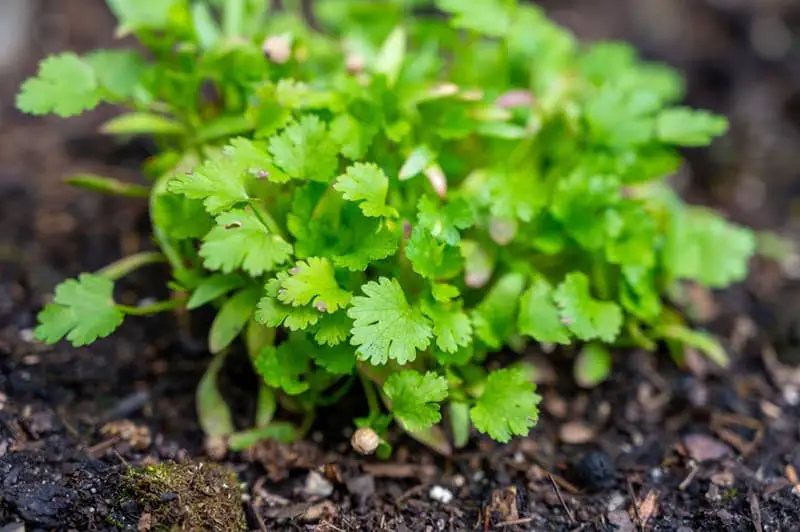
Having a permanent coriander supplier right at home is far better than finding a substitute for it. So, let’s start your crop with our simple steps.
Step 1 – Plant: Avoid growing coriander in seed trays and transplanting. Sow the seeds directly into fertile and well-drained soil. The best time for your crop is from March to September.
Step 2 – Care: Never let the soil dry out. Water them thoroughly. It takes about 3 weeks for the seeds to germinate. We suggest you re-sow right after that time for a steady supply.
Step 3 – Harvest: When you see the plants are robust enough, it’s time to harvest. Pluck or snip the stems for leaves and stalks. If you prefer their seeds, wait until the plants flower and produce seeds. Cut off the dead flowers. Let them in a cool and dry spot for 3 weeks, and the seeds will fall out.
Conclusion
Due to its excellent qualities, it’s understandable that we easily run out of coriander when cooking. Or, for some, they can’t stand its pungency. But we’ve got you all covered with our 16 recommendations, from powder, dried seeds to fresh herbs to substitute for coriander.
Hopefully, you find this article helpful in your cooking dairy.
Related Posts:
- What Are The Best Scallion Substitutes? How To Cook Them Right?
- Substitute For Green Onion: Top 12 Options You Should Try

